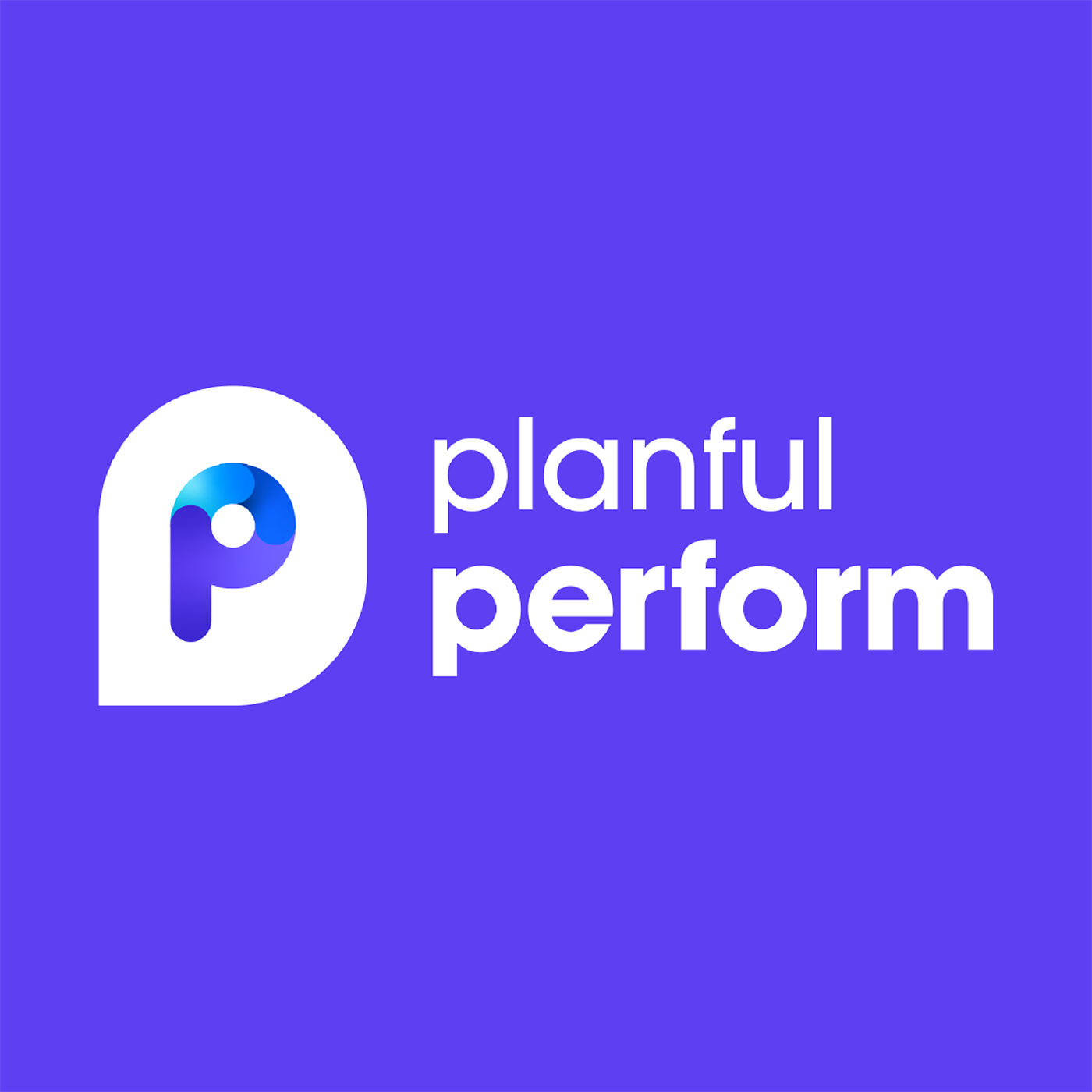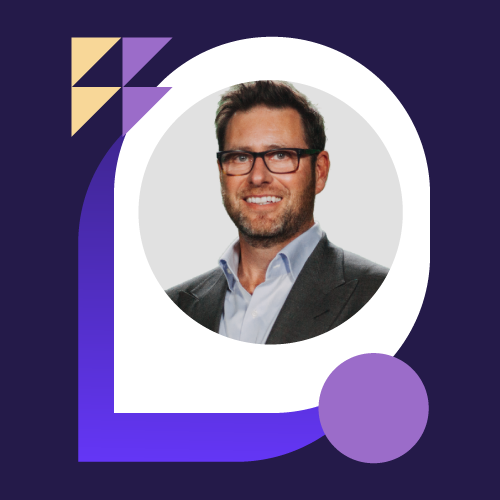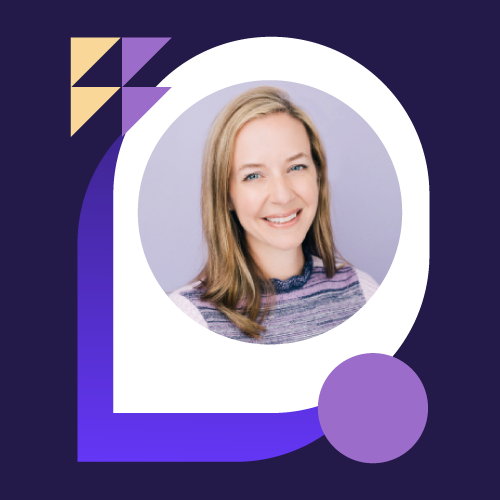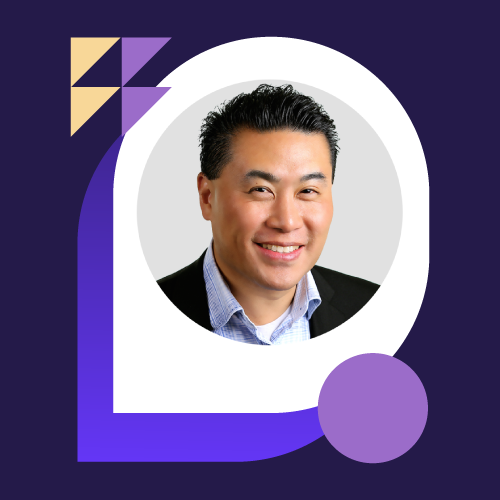Cogenics: How The Lead Group Found Faster Insights with Driver-Based Reports
- 0.5
- 1
- 1.25
- 1.5
- 1.75
- 2
Naveed: Hello, everyone. First of all, thank you for joining this presentation. My name is Naveed and I'm the managing director of Cogenics Consulting. We have been implementing solutions built for budgeting, forecasting and consolidation since about seven years now. And that is across many verticals and industries. Today one of our clients, Ben from the Lead Group, will talk about his Planful journey, lessons learned and some of the highlights from the project. Before we do that, I want to talk about implementation best practices, not just from a consulting standpoint, but also from a client viewpoint. Now, in a years of service, what we have seen as best practices is not a one fit for all solution. And it cannot be, as each organization comes with different software ecosystems. They have their own functional and technical setup, which is kind of unique to them. And also the vertical they are in. We have to customize our approach from company to company, for example, based on the existing processes, or sometimes the lack of it as some of our inaudible companies we work with do not have established and Mitchell inaudible cycles. Second based on any existing complexity or nuances, and also a subject to how an organization wants to forecast numbers in order to make those informed decisions. So my advises, if you are a client to be a very active participant rather than a passive one. What is project scope, project management, application review, or systems training, be active participant. This allows you to stay align with the goals and eliminate any surprises. Second, I would say that be receptive to change and consider the advisor's input. They're not trying to copy exactly what you have in Mitchell, but try to improve the efficiency of existing forecasting process. Case in point, I don't know if you see the slide over there. There's a consumption closed process before, and there's a consumption flow close process after. As you can see the close process is a more scalable solutions inaudible in a company eliminations are flat and process between non- controlling and equity investment entities affects translation and historical overrides a seamless, and this gives an organization and ability to close the books faster. And the whole reporting process becomes much easier. inaudible and this is pretty close to my heart is integrate and automate. This next slide over here illustrates what a solution look like. An integrated solution looks like. We foresee the data layer, the workforce layer, the reporting layer. They all integrated on a common platform using modern I- PASS tools. And if your main focus is continuously integrated planning, you'd rather not only get on a technology stack, which supports it, but also reached full automation, so you can spend your valuable time on forecasting, your business, understanding KPIs through analytics, liaise with your internal partners and be the strategic FP and a resource for them rather than spend hours and hours of manual data, refresh and quality checks. Thank you for listening. I'm sorry for the technical delays. I look forward to our Q& A and feel free to connect with us to re- perform. I'd like to pass it on to Ben Thomas financial controller with the Lead Group.
Ben Thomas: Great, thanks Naveed. I appreciate your time today. Let's jump right in. So I'd like to take you on a journey. I want to start back in March 2020, and I want to walk through the steps we took in order to develop the needs and implementation processes that Cogenics works with us to build within Planful. If you'd walk behind my desk in March 2020, as with probably many of you, I was working in a lot of spreadsheets. Our cost of goods was rapidly changing. Our revenue forecasts were changing. Our labor expense was changing. As we tried to adapt ourselves to the new environment that we found ourselves because of the pandemic. You would see me working in a spreadsheet, changing the cost of goods and creating a new data point. I moved this data point over into another spreadsheet that would then create a forecast. I would then take this forecast and I would move it into another presentation document to give to the relevant stakeholders. And after I would go home, I would finish, I'd be driving home and I would think about how I may have missed a formula. I may not have updated something properly. And then I would come in the next day or the next week and I would repeat the process because my data was in disparate locations. We had already decided at this point that we needed something similar to Planful, but we were still in the implementation processes and deciding which platform we would integrate with and how we would build it out. And we simply weren't at a place yet where we could use the application and in a timely fashion to meet the needs that the pandemic was driving. So I lived in this world of moving data between Excel documents for the next four, five, six months until I was able to build something that would help us combine and consolidate the data into a single Excel document. Then I was able to take this document to Cogenics to say this is what we are looking to build. Of course, this Excel document that I had became a database and then Excel would no longer work. And so we had to move into another location that would help us integrate data. The stakeholders would ask me the question, Ben, what happens to our forecast when we want to pay more for health insurance for our employees, or what happens to our forecast when our cost of goods change. And so I needed to be able to change this data in a singular location and see its effect through the entire ecosystem. Therefore, we built out something that you're seeing here. This is something that would allow us to see what the changes were that we would make in real time. The stakeholder could ask the question in a meeting, what happens here. And then I was able to, I would be able to show them immediately the effect of the request to change. I'm going to be able to move forward with making a decision. Everything that I've discussed thus far is post- close what happens after we take our most recent data and apply it to certain situations. However, there is a lot of implementation that can occur prior to close in order to speed up access to our data. We can do faster reconciliations because our data is already in a singular location. We don't have to move from spreadsheet to spreadsheet. We can build out a analysis for individual clients. Things move much more rapidly because we're not spending our time checking our formulas and verifying our data. But we're spending time analyzing the data that's been created through the processes that I've laid out. We also noticed that we needed to build an evolutionary forecasting process. What I mean by this is we needed to build something that would allow us to create data more rapidly, the forecast is outside of closing financials. The most important thing that we do, and we needed to be able to understand where our revenues were driving and what the drivers were behind those revenues. What I've laid out is what we're looking to build over the next year. We're still in an intermediary phase between where we have been living in the Excel world and where we want to be as laid out in this model. However, with the help of Sowmya, who is getting ready to discuss these changes, we've been able to come very far and building out these different reports within the application.
Sowmya: Thank you, Ben, for highlighting the implementation specifics. So what I want to specify now is some of the functionalities that we used within Planful for the Lead Group. So one big [ inaudible 00:00:08:09] point that the Lead Group had was not having a common chart of accounts. What does that mean? So when you do not have a common chart of account, say, you want to see what is the total revenue for your company. You don't have to like hand pick certain number of accounts to see what the total revenue is. The hierarchy should take care of rolling up the numbers and all those individual GL accounts and give you what the total revenue is. So when you do not have a common chart of accounts in your ERP, that's okay. Use translation tables within Planful to create a common chart of accounts. So know your reporting is a lot easier and you can focus more on making sure the numbers roll up correctly and not having to worry about if there is a new revenue account and is it really adding up to the revenue. Second. So the Lead Group's implementation is a combination of both structured planning and dynamic planning. So Ben mentioned about how he used different Excel spreadsheet inaudible to move data from different spreadsheets and roll them up into one single report. So if you're doing opt revenue planning and dynamic planning and your opics planning and structured planning, you don't have to worry about combining the data in two different user interfaces. The Planful report can automatically pull data from your operational model as well as from the financial model. So that way, your full more on making sure your budget numbers may make sense. You're continuously revising your plan and spending more time on the things that actually matter and not having to worry about is the inaudible rolling up correctly, is the formula correct? And such other things. Use of substitution variables and the report. So substitution variables is a very dynamic function within a Planful. So if you are using substitution variables with that report, it means less maintenance for a year or what year or a month on your reports. Very easily you can do a year-over-year compassion or a scenario over scenario compassion without having to sit and edit the report and see what it would mean. What is the operating income for actual [inaudible 00: 10:29] total operating income for budget we want? So instead inaudible variables it's on the click of a button. You can sit there right with your CFO and just change the substitution variable values on the fly, refresh report and you can see what, how was your operating income at appointed time. Generally all EPM applications for that matter, lets you, or you have to perform your plan or your revenue plan or your opics plan at the leaf level account. But within Planful, you can create your forecast or budget at the account roll- ups level. So you're not worrying about, say for example, you have 10 revenue accounts and you don't have to worry about how do I forecast for 10 of these accounts. Instead, you know you can use driver base, like it could be a month on month each of year on year growth or maybe cumulative annual growth. So you could use different drivers and come to a total revenue for a particular scenario, budget or plan, and then use a spread method and allocate it down to individual accounts. So that way you are not bogged down by having to figure out which account do you have actually have to plug these budget numbers. Instead, focus on a growth perspective. Focus, make sure your plan and budget is more growth driven and input your numbers and let Planful take care of making this push down to the right GL accounts and the inaudible rolls up correctly. Thank you for listening to us today. I hope our session was informative. Look forward for the questions on the Q& A chat menu. I want to hand it back to Emily. Thank you.
DESCRIPTION
The Lead Group wanted to streamline how it reported financials, but to do so by basing reports on the real drivers behind its business. Hear Ben Thomas, Financial Controller at The Lead Group, and Sowmya Acharya, Solution Architect at Cogenics Consulting, explain how The Lead Group identified the right business drivers, and then designed driver-based planning and accounting processes to streamline financial reporting. They’ll also dissect challenges faced along the way, provide tips for modernizing your reporting processes, and detail how you can transform financial forecasting using Planful.
Today's Guests

Ben Thomas

Sowmaya Acharya







